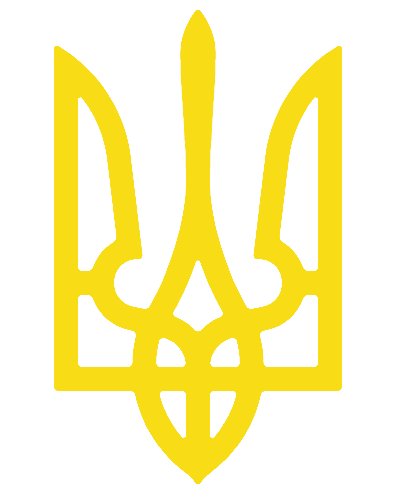
People continue to be evacuated from the frontline areas of Ukraine to safer regions. Between 1 June and 26 September 2025, almost 100,000 people were evacuated, including almost 11,500 children and 3,400 people with reduced mobility.
Evacuation data by region:
- Donetsk region — more than 73,000 people evacuated, including 7,300 children and 515 people with reduced mobility;
- Dnipropetrovsk region — 16,200 people evacuated, including 3,400 children and 632 people with reduced mobility;
- Sumy region — almost 3,000 people evacuated, including 319 children and 722 people with reduced mobility;
- Kherson region — 3,300 people evacuated, including 309 children and 229 people with reduced mobility;
- Kharkiv region — 3,200 people evacuated, including 123 children and 1,257 people with reduced mobility;
- Zaporizhzhia region — 770 people evacuated, including 82 children and 16 people with reduced mobility.
Today, there are 19 transit centres operating in several regions of Ukraine. Most of them are located in the Dnipropetrovsk region — eight, including five in the city of Dnipro, one in Pavlohrad, and one each in the villages of Stepove and Voloske.
Five transit centres operate in the Sumy region in the cities of Sumy, Shostka, Romny, Hlukhiv and the village of Klyshky, two in the Kharkiv region in the cities of Kharkiv and Lozova, three in the Volyn region in the city of Kovel, and another one has been opened in Mykolaiv for evacuated residents of the Kherson region. Transit points in Pavlohrad, Voloske and Lozova provide comprehensive services.
People receive comprehensive assistance at transit centres: humanitarian, medical, psychological, legal and social. They are helped to restore their documents, apply for benefits and social services, and receive financial support from the state and humanitarian organisations.
Since the beginning of August this year, the transit point in Pavlohrad has received more than 10,000 people. Since 19 August, more than 4,700 people have passed through Lozova, and since 23 August, more than 1,700 people have passed through Volosky.
After the transit centre, evacuees can take advantage of free temporary accommodation. In total, there are 1,095 temporary accommodation facilities in Ukraine, providing over 77,000 beds for IDPs. As of the morning of 26 September, over 6,200 beds remain available. More than 3,600 beds have been created for persons with disabilities and people with reduced mobility, of which 75 are available.
The largest number of temporary accommodation facilities have been set up in the following regions: Dnipropetrovsk — 135, Zakarpattia — 111, Kharkiv — 78, Kirovohrad — 76, Lviv — 68, Poltava — 64, Chernivtsi — 63, Vinnytsia and Ivano-Frankivsk — 60 each, Rivne — 58, Khmelnytskyi — 57.
The evacuation of the population is being carried out in close cooperation between the State Emergency Service, the National Police, local communities, volunteers and international partners. Specialised units — the State Emergency Service’s Phoenix group and the National Police’s White Angel group — are working directly in the frontline areas.
They are equipped with armoured vehicles, medical supplies and equipment for transporting people from all population groups. At the same time, the Ministry of Social Policy, Family and Unity, together with local communities, organises the transport of people with reduced mobility to hospitals and specialised institutions immediately after their evacuation.
The main task remains to ensure adequate living conditions for vulnerable groups and to open new temporary accommodation centres in safer regions of the country.
Follow the Ministry of Community and Territorial Development on social media Facebook, Twitter, Telegram та WhatsApp

